|
AIS - Automatic Identification System Icom are well-known for their effective AIS systems. AIS is not unlike an aircraft ID, an automatic tracking system, identifying and locating vessels by electronically exchanging data with other nearby ships, AIS base stations, and satellites. AIS information supplements marine radar - the main aid to collision avoidance. Icom’s AIS receiver picks up real-time transmissions from vessels that use an AIS transponder. This information may include • Static Information — Vessel call sign, name, MMSI number, dimensions, type • Voyage-Related Information — Draft, cargo type, destination and estimated time of arrival • Dynamic Information — Time in universal time, coordinated, latitude/longitude position, course over ground, speed over ground, heading, rate of turn and navigational status. Vessels fitted with AIS transceivers and transponders can be tracked by AIS base stations located along coast lines or, when out of range of terrestrial networks, through a growing number of satellites that are fitted with special AIS receivers which are capable of deconflicting (reduce the risk of collision) for a large number of signatures. The optional MA-500TR or MXA-5000 enables the AIS data to be overlaid on the plotter and radar screen. |
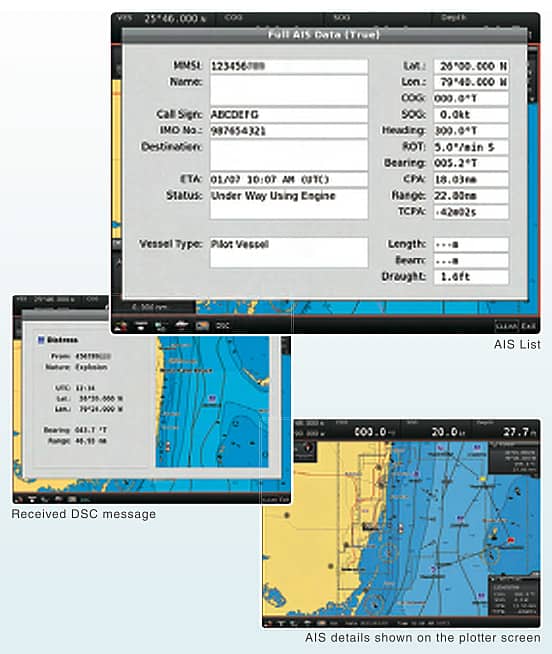 DSC Call (with AIS and VHF Transceiver) The MarineCommander has the capability to be connected to compatible Icon transceivers. Various types of DSC calls, including individual, group, all ship, position and polling request, can be initiated from the MarineCommander. Received DSC messages and position information can be shown on the plotter display. |
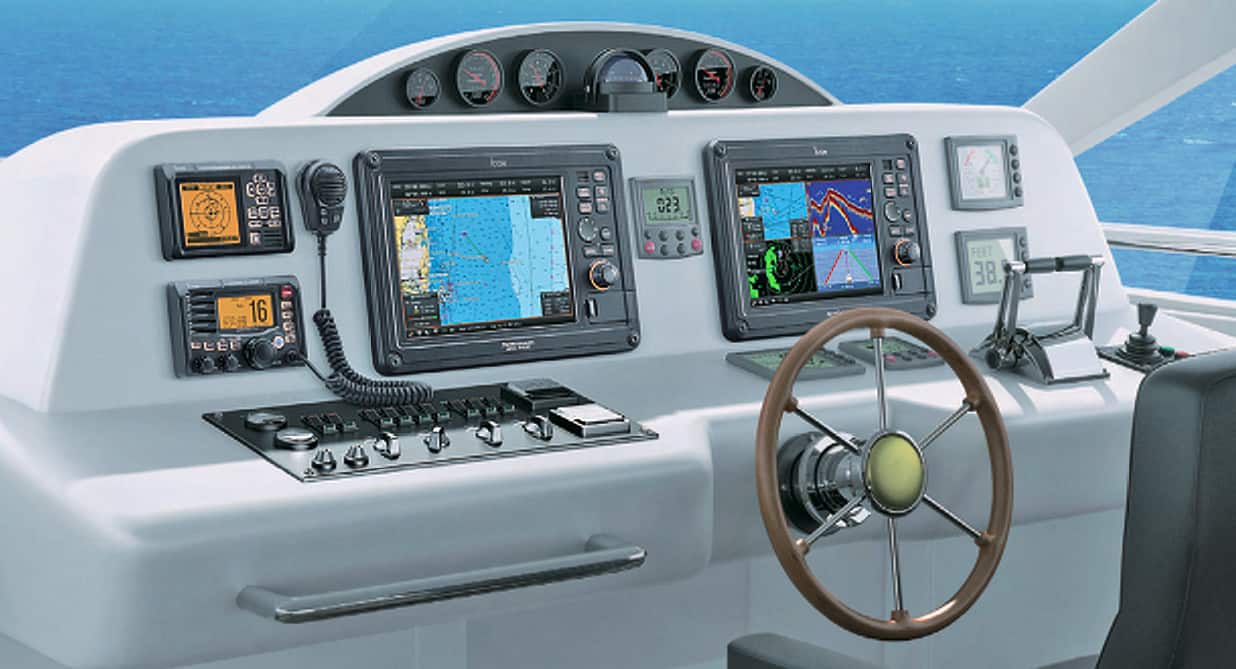
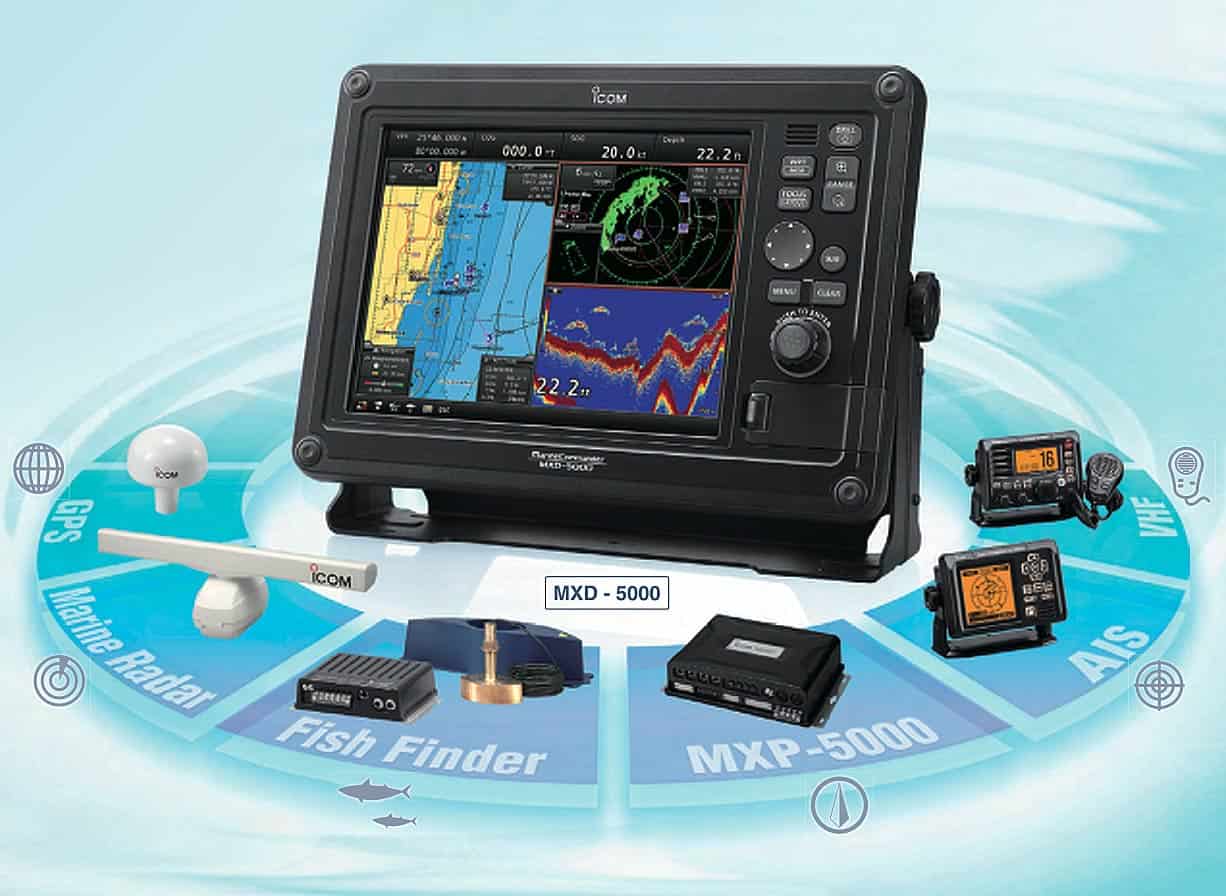
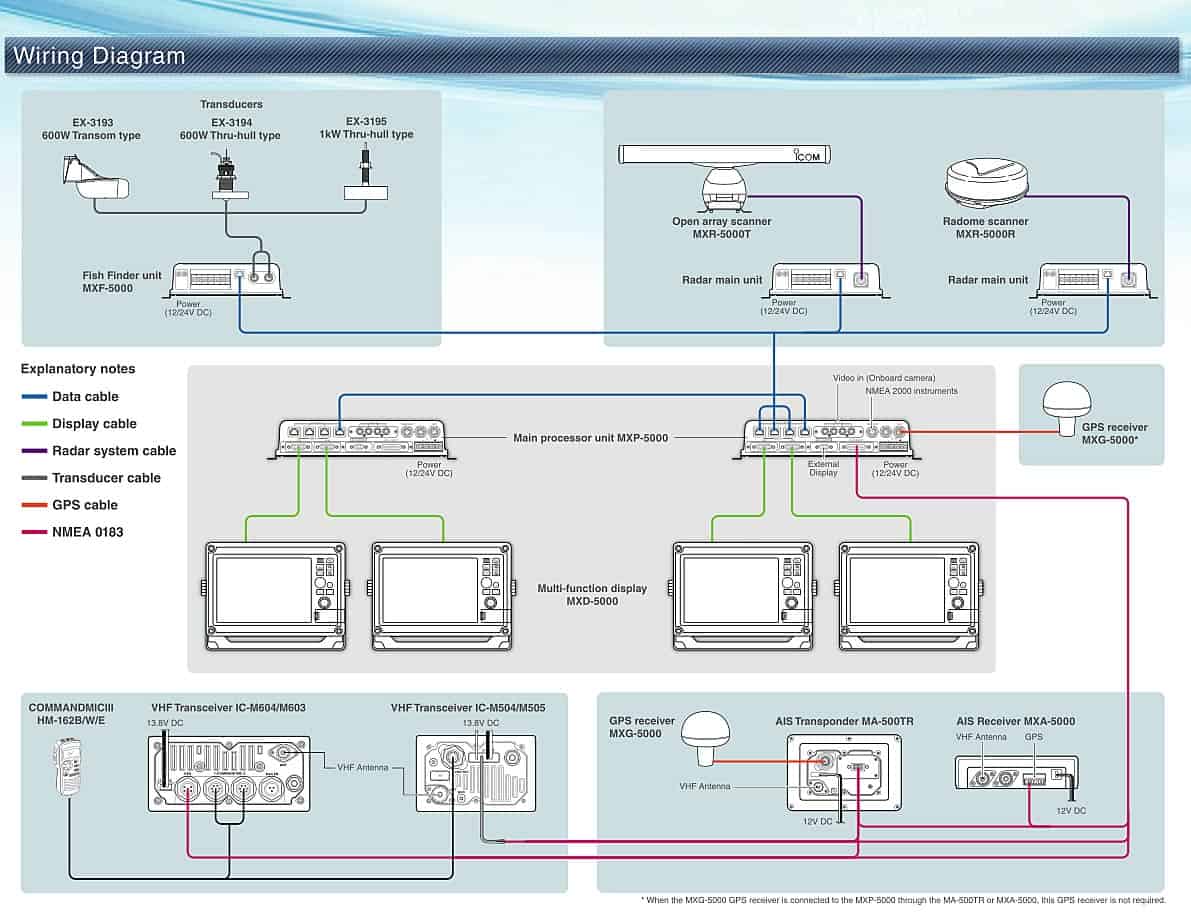
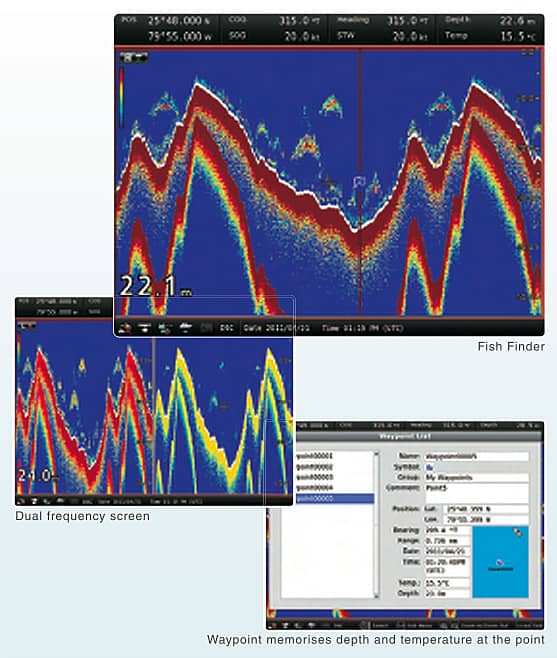
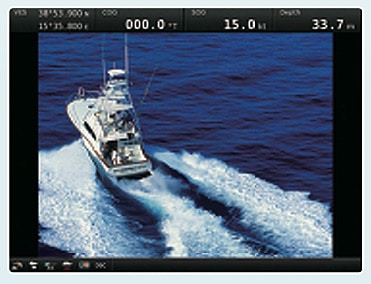
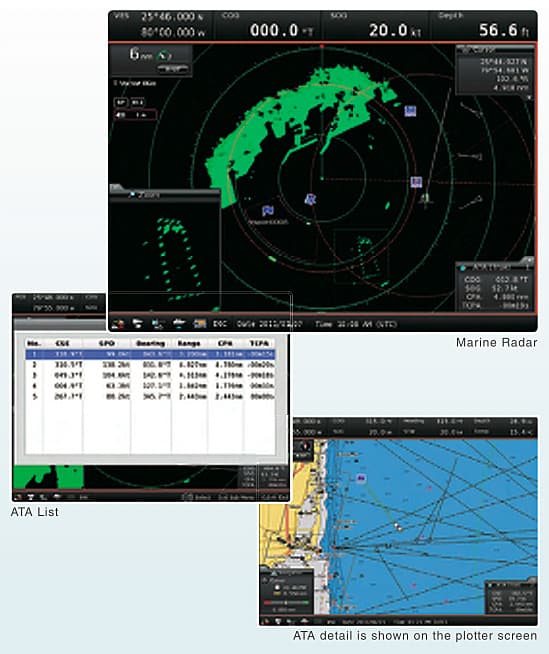
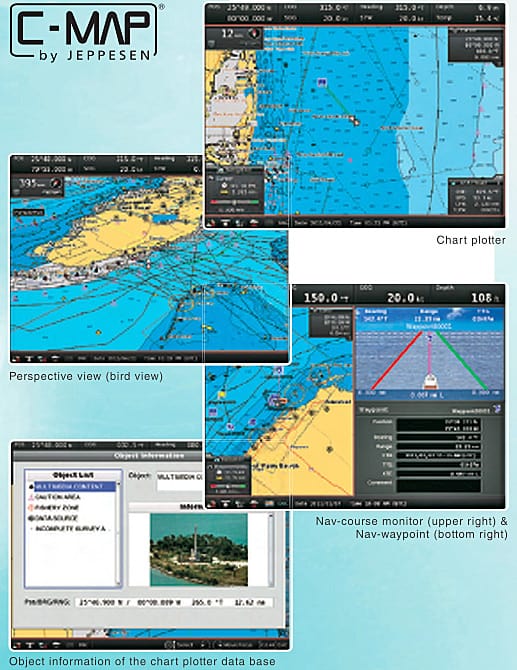
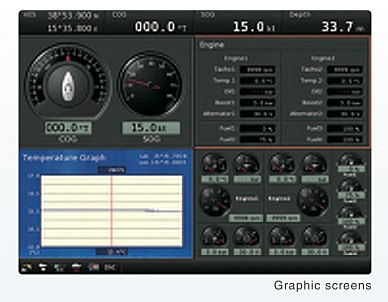
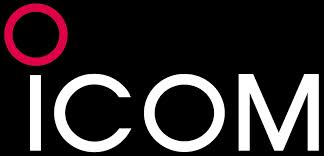
 Home
Home